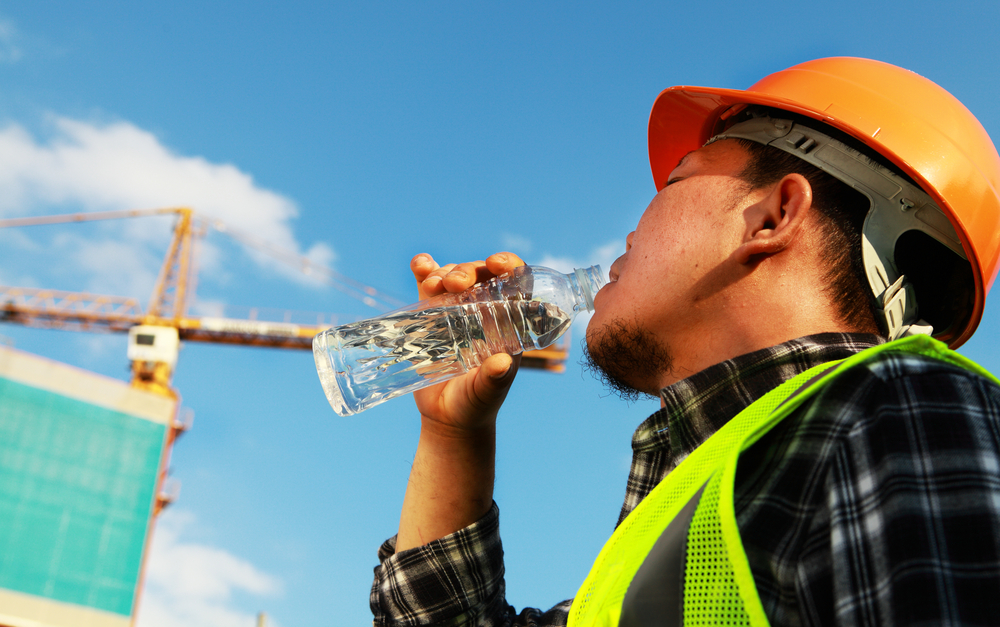 Working outside can be a great benefit for construction, except when the weather is bad. During the winter, it’s important to stay warm for your health and to help minimize the risk of injuries. With these tips, you will know the best ways to stay warm in most kinds of winter weather.
Working outside can be a great benefit for construction, except when the weather is bad. During the winter, it’s important to stay warm for your health and to help minimize the risk of injuries. With these tips, you will know the best ways to stay warm in most kinds of winter weather.
Watch the Forecast
Certain parts of California have a relatively predictable climate and a forecast that changes little from one season to the next. In other parts of the state, you can switch from cold to baking hot within the course of a few hours, particularly if you’re at a higher altitude. This change underscores the importance of watching the forecast as a way of planning out your workweek. If you can see heavy rains or snow upcoming, then you know that you’ll need to prepare to be colder. And since some of these storms can accompany other problems like mudslides, blocked roads or ice, you can prepare for those too.
Use Layers
When you were a kid, you probably had a parent or grandparent remind you to wear layers when you went outside. You may not have paid much attention to it as a kid, but it’s really important now. If you rely on a single heavy coat or coveralls to keep you warm in winter weather, you’re going to be playing a game of temperature control all day long. This exchange doesn’t do much for your productivity and can wear you out faster. Instead, wear multiple layers that you can add or take off when needed, including:
- Long underclothing
- Insulating layers
- Outer layers with rain and snow resistance
And don’t forget to use layers for your head, hands and feet. A hat and gloves may not be sufficient.
Add Heat Safely
There are lots of ways to add heat to an outdoor or indoor space. You just have to make sure that the ones you choose are appropriate to the task and safe for the environment. For example, a propane-based heater may be a relatively effective way to provide additional heat outside. Inside, it’s a carbon monoxide nightmare. You also need to confirm that you’re not doing any work around it that could cause ignition. Indoor space heaters that run on electricity may be an alternative, but they are also a common cause of structure fires. Even the single-use heat packs that skiers use might be sufficient, but you have to be careful not to burn yourself in the process.
Take Breaks Indoors
If you’re doing a lot of work outdoors or in another space that is particularly cold, make sure that you have a warmer place to go to for lunch and other breaks. Even a single room with a heat source that you can turn on when you arrive and turn off when you leave could help you maintain a more constant body temperature. Many people use their cars as an additional method of heat generation, but you may come up against idling laws if you do. Try to scope out a few options near the jobsite as an alternative.
Change Tasks Regularly
One thing you need to know about working in cold weather is that it can aggravate some of the symptoms of repetitive stress. If you’re doing the same task over and over again for hours, your limbs or back may get stiff from the cold and repetition. This increases the likelihood of accidents, particularly if the temperature is low enough that you’re not getting good circulation to your fingers. Instead, try to change tasks on a regular basis, as frequently as every 15 minutes in cold weather. This allows you to work different muscle groups and keep your whole body in better working order during the day.
Staying warm during the winter is part of a construction job in many parts of California. So is a good foundation. To learn more, contact CSLS today!
